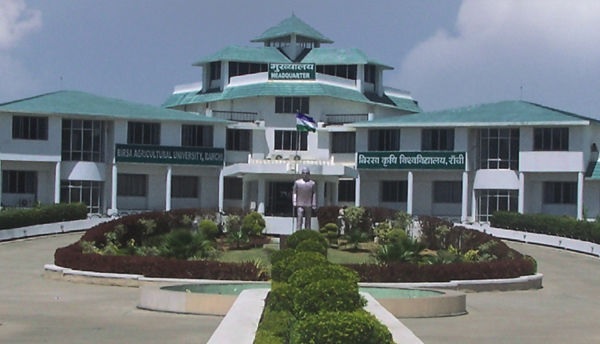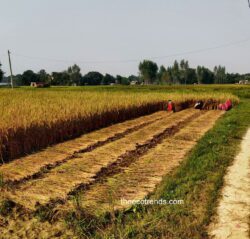A group of individuals of a particular species occupying a particular area at specific time is called as population. A species is a group of similar type of organisms that can interbreed under natural conditions. The interbreeding organisms of a species produce new organisms and finally result into the growth of population. This is true for all the life forms including human beings.
The human population refers to the total human inhabitants of a specified area, such as a city, a country, a continent or the world, at a given time. The study of human population as a discipline is known as Demography and one who studies population at the advanced stage is known as a Demographer.
The demography, as a subject of study is an interdisciplinary field which involves mathematics and statistics, biology, medicine, sociology, economics, history, geography and anthropology. It is concerned with the size, composition and distribution of populations along with patterns of changes of overtime through births, deaths and migration; and the determinants and consequences of such changes. Studies of population are important particularly for governments for planning in the field of health education, housing, social security, employment and preservation of environment. Demographic studies provide information which is needed to formulate population policies of governments as governments are concerned to modify demographic trends so as to achieve the objectives of economic and social developments.
The population of the world grew at an alarming rate since 1650 to 1950 and onwards. The unprecedented surge in population has caused and is still causing rise in individual consumption of food, water, and exploitation of natural resources like land, water, fossil fuels, minerals, vegetation etc. The combined effects of population growth, consumption, overuse, wastage and misuse of resources has strained the capacity of the earth to sustain life. That’s why the study and control of human population is very important today.
In India, census is done on every ten years. It is a countrywide operation which is guided by government policies. As per the Data Dissemination Unit, Office of the Registrar General of India (the census records of 2001), the total population of India was 1,027,610,328 comprising 532,156,772 males and 496,453,556 females. The literate population comprises 75.85 percent males and 54.16 percent females. Records show that birth rates are declining in India, faster than the decrease in death rates.
During 19th century, great changes in the growth of the world population were observed due to better hygiene and public sanitation, widely available food supplies and improved nutrition. During this century the life expectancy started rising slowly and population grew quickly and steadily. Between 1800 and 1900, the population of Europe grew up to more than double of its earlier size. The population of North America increased more up to about twelve times. It was aggravated by immigration from Africa and Europe.
The 20th century observed new stage of population growth in developed countries. In the second half of this century the developed countries maintained low mortality and low fatality. For developing countries, in the second half of the 20th century the population continued rising for decades. As a result, population in Africa, Asia and Latin America grew explosively. Currently, the total population of Europe and Asia is 728 million and 3.6 billion respectively. Today, about 82 million people are being added every year in less developed countries compared with about 1.5 million in more developed countries. The global population today, is more than just number of men, women and children on this planet when we consider the quality of life. Changes in population are linked to economic development, education, environment, status of women, epidemics and other threats, access to family planning information and services etc.




